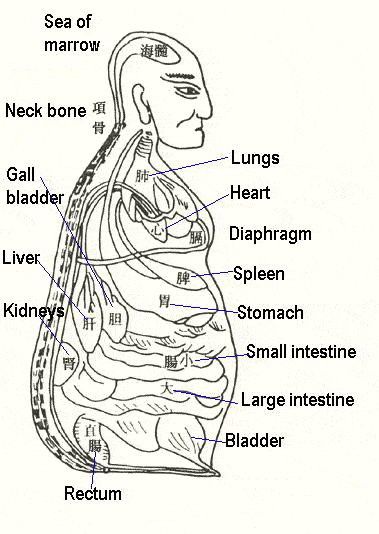Bleeding is a symptom that needs to consider its underlying medical condition when making diagnosis and giving treatment. Abnormal bleeding can occur in different medical conditions and present with different clinical characteristics. TCM physicians will consider the bleeding site, characteristics of bleeding, primary condition, and accompanying signs to identify a disharmony pattern as clinical diagnosis. Below are TCM diagnostic criteria for bleeding symptoms.
Characteristics of bleeding and accompanying signs are important for determining the internal
disharmonies.
Heat stirring blood vessels
This usually occurs in the early stage of a bleeding problem. Acute onset, the bleeding is quite heavy, the blood looks bright red and thick in texture, or dark-red patches on the skin, the accompanying signs are fever, irritability, thirst, constipation, yellowish urine, a hot sensation during urination, and a red
tongue with yellow coating.
Yin deficiency creating virtual fire
The bleeding starts gradually, lasts a long period of time or recurrence, the accompanying signs are hot flushes in the evening, mouth dryness, warm palms and soles, irritability, red cheeks, night sweats, dizziness, ear ringing, lumbar soreness, knee weakness, and a red tongue with little coating.
Qi deficiency failing to retain blood
Individuals usually have a prolonged bleeding condition. The bleeding starts gradually, lasts a long period of time, and the blood looks thin in texture. The accompanying signs include pale or swallow complexion, fatigue, general weakness, dizziness, ear ringing, insomnia, sweating, breath shortness, palpitations, a pale and bulky tongue with teeth marks on the margin, and a weak and thready
pulse.
Blood stasis obstruction
Beside the above characters, there may have fixed or localized pain, the blood looks dark-red in color or clotted, dark-purplish spots or patches on the skin, a dull complexion, abdominal mass, a dark-purplish tongue and hesitant pulse.
Bleeding and the Internal Organs
Bleeding sites are closely linked up with the functional states of certain
organs and their corresponding
meridians. Identifying the major involved organs will help determine what specific functions need to be restored.
| Bleeding sites |
Major involved organs |
| Nose bleeding |
Lungs, stomach and liver |
| Gum bleeding |
Stomach and kidneys |
| Conjunctiva bleeding |
Lungs |
| Tongue bleeding |
Heart |
| Coughing up blood |
Lungs |
| Vomiting blood |
Stomach and liver |
| Blood in the stool |
Stomach and intestines |
| Blood in the urine |
Heart, liver and kidneys |
| Blood in the semen |
Kidneys and liver |
| Uterine bleeding |
Kidneys and spleen |
| Bleeding under the skin |
Spleen |

Illustration of TCM internal organs
 Illustration of TCM internal organs
Illustration of TCM internal organs


